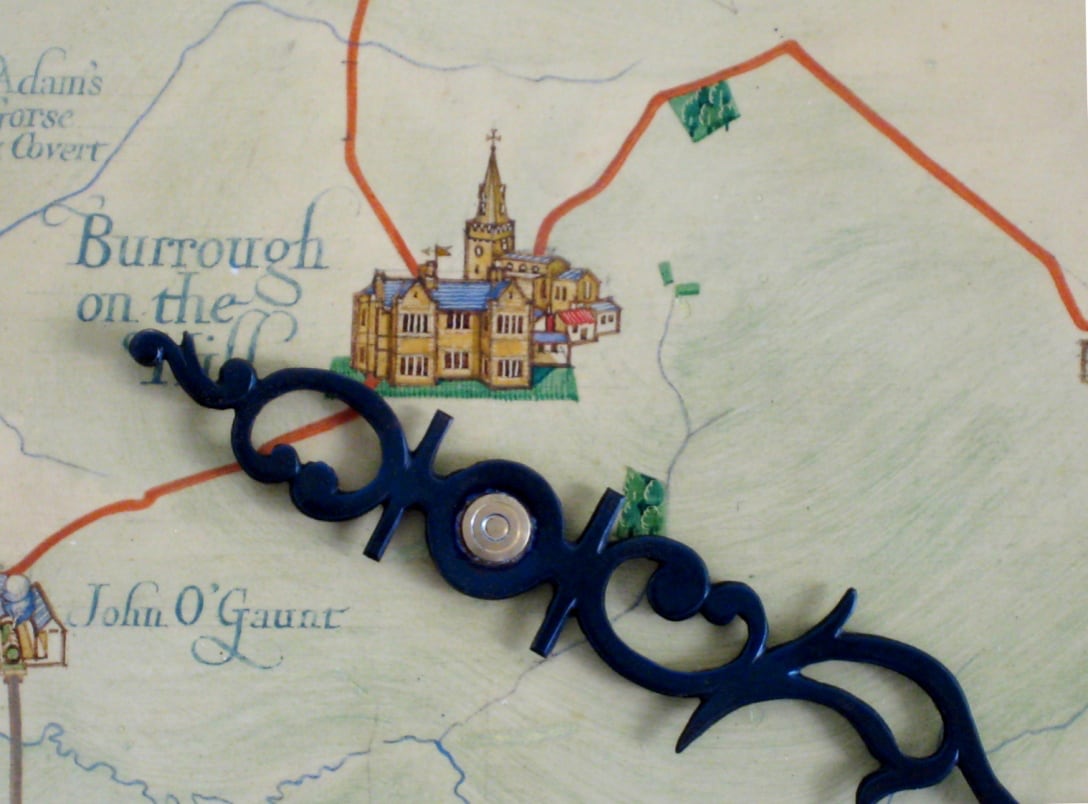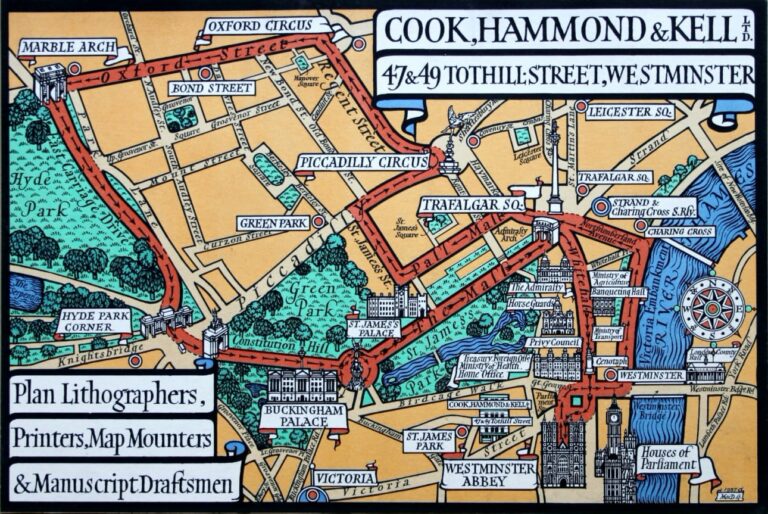All Quiet on the Western Front, a German film set in World War One, is sweeping up this year’s film awards. It has won seven BAFTAs including for Best Film and has been nominated for 9 Oscars. Based on the seminal 1929 novel ‘Im Westen nichts neues’ by Erich Maria Remarque (1898 – 1970), it depicts the gruelling experiences of German soldiers on the battlefield. Remarque himself fought at the Third Battle of Ypres and wrote from first-hand experience.
This powerful book became an instant international bestseller, inspiring films, dramas as well as a host of war memoirs by other veterans. The first English translation was published in February 1929 by G. P. Putnam’s Sons, an American publisher with a branch in London. Shortly before the launch, a short piece appeared in the press:
Putnam announce that Mr. MacDonald Gill will design the lettering for the binding of E. M. Remarque’s “All Quiet on the Western Front“. Mr. MacDonald Gill and his brother Eric Gill have deservedly gained the highest reputation as letter designers . . . and it is good news indeed that the genius of Mr. MacDonald Gill will have a hand in the presentation to English readers of “the greatest of all war books”.
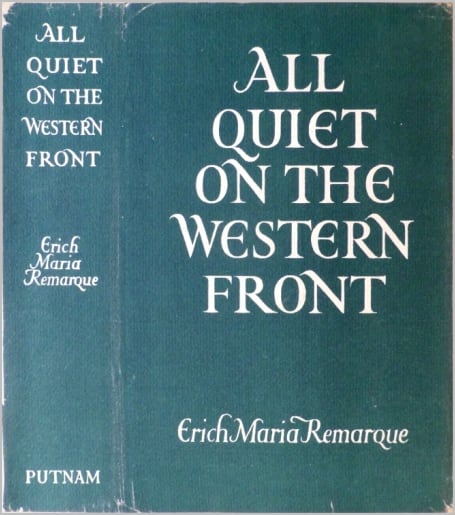
Left: dustjacket
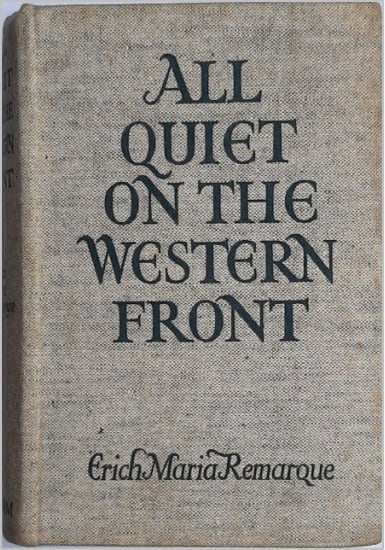
Right: without jacket
There was to be no graphic image of battle. Instead the cover was plain, just the title displayed in white calligraphic-style lettering on an emerald background. The cloth boards were also impressed with the same lettering. It seems that there may have been amendments for a later printing as two payments of £9.18.0d for work on the book appear in Max’s ledger, one in the May of 1929, the second in October. First editions with good condition dustjackets can now fetch over a thousand pounds!
Hitler, whom Remarque had fought alongside at Ypres, condemned the novel as unpatriotic, and after the Nazi party came to power in 1933, Joseph Goebbels, Hitler’s Minister for Propaganda, ordered all copies to be burned. Remarque escaped to Switzerland but was stripped of his citizenship. His younger sister Elfriede remained in Berlin and in 1943 was beheaded for anti-war activities. The words of the judge at her trial were chilling: ‘Your brother is beyond our reach, but you will not escape us’. You can read more about Remarque’s remarkable life at:
All Quiet on the Western Front was the beginning of a strong collaboration with Putnam. In 1930 Max was asked to redesign the publisher’s stork emblem and catalogue covers.
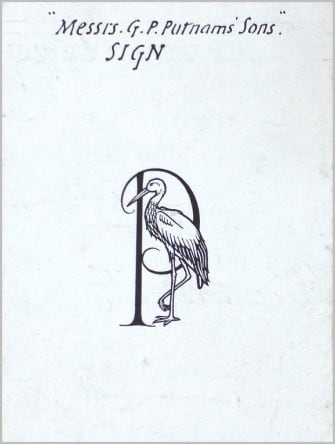
Artwork for Putnam’s Stork emblem
Pen-and-ink on card
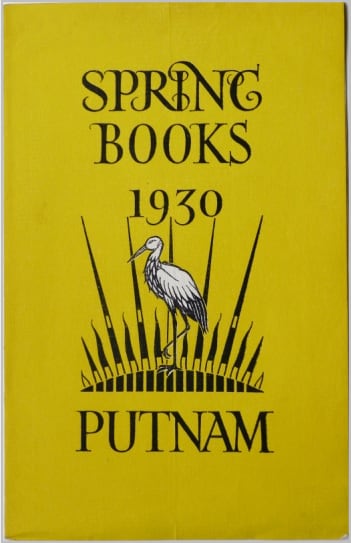
Putnam’s Catalogue Spring 1930
Max also designed the cover titles for over a dozen more books for Putnam including Confessions of Zeno by the Italian/Austro-Hungarian writer Italo Svevo, Hans Fallada’s Little Man, What Now, and several by the diplomat, footballer and secret agent Bruce Lockhart.
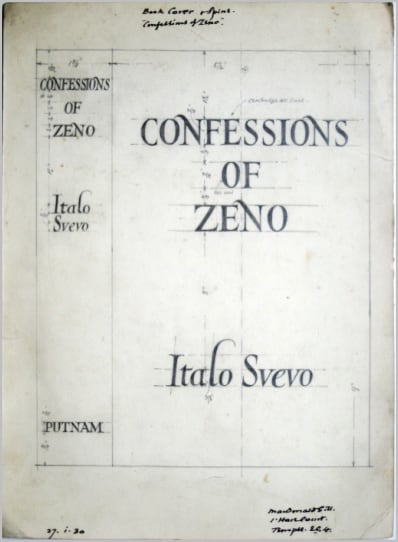
Artwork for Confessions of Zeno
Dated 27 January 1930
Pencil on card
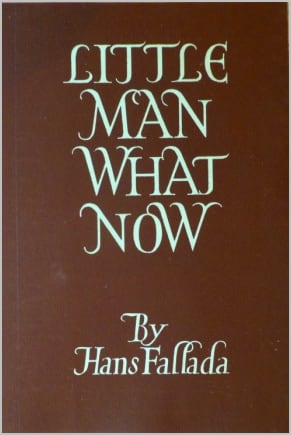
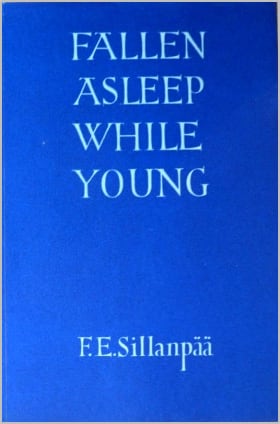
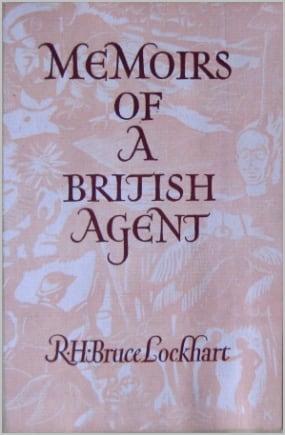
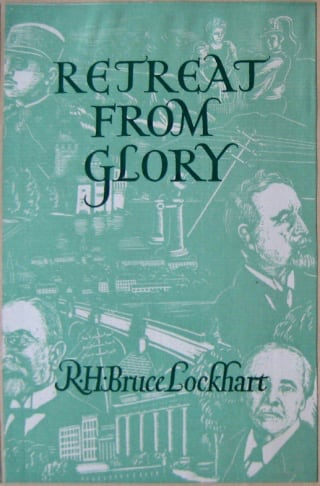
Burrough-on-the-Hill Wind-Dial Map
In early 1923 Max was beginning another of his wind-dial maps. This one was for Sir Raymond Greene (1869 – 1947), a distant cousin of the novelist Graham Greene, both members of the Greene King brewing family. The baronet was a Conservative politician with a distinguished service record, having fought in both the Boer War and World War One. It is quite possible that Max crossed paths with Greene in the early 1900s when both were serving in the Sussex Yeomanry, Max as a young cavalryman and Greene as a Captain.
A keen foxhunting man, Greene bought Burrough House in Burrough-on-the-Hill, Leicestershire, in about 1922. At the heart of prime horse-and-hounds country, Greene’s new home was only a stone’s throw from Burrough Court, the hunting box of Lord and Lady Furness, where in 1930 Edward, Prince of Wales would meet his future consort Wallis Simpson.
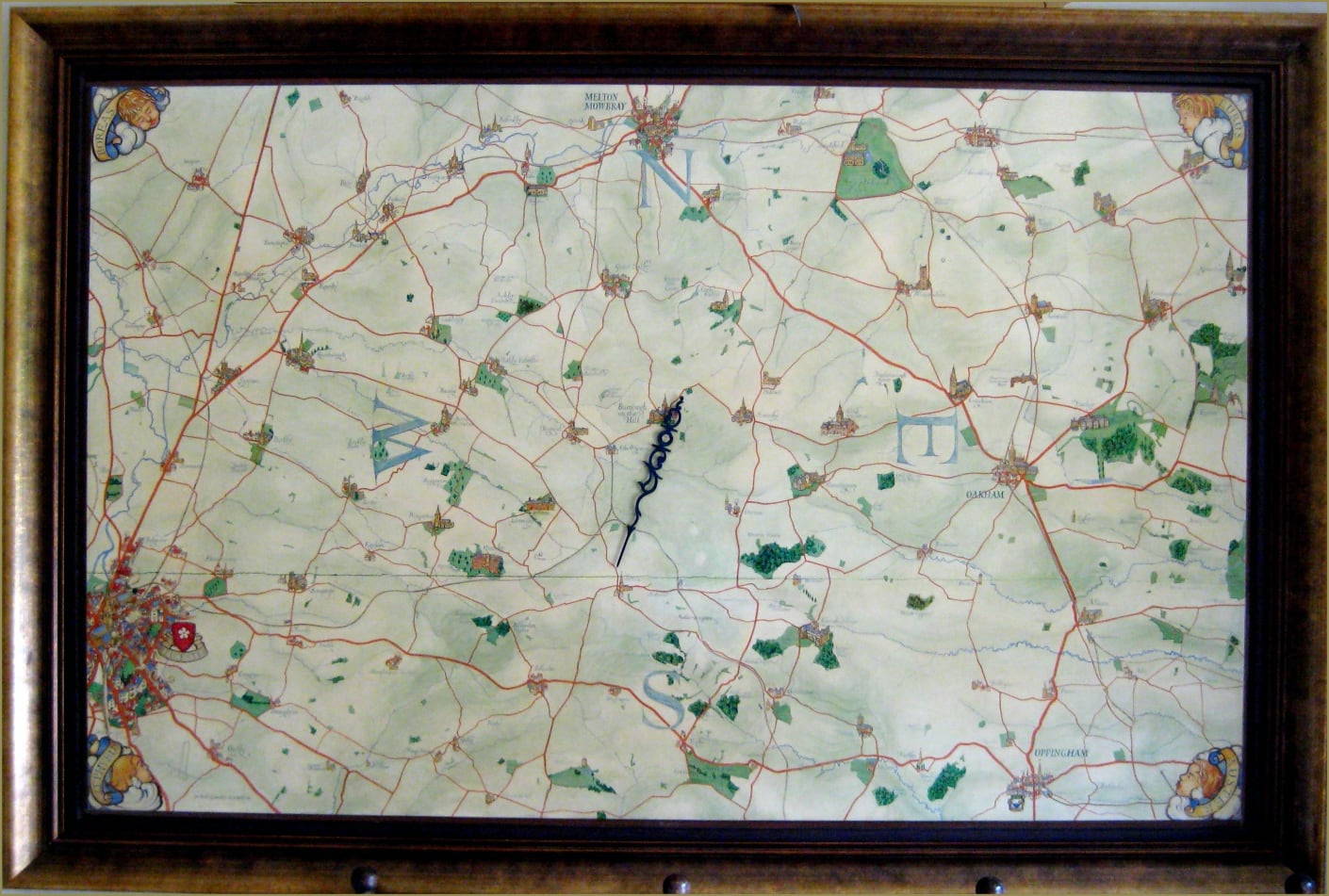
The map was almost certainly painted at Max’s attic studio at West Lodge, his Chichester home. Sir Raymond referred to it as ‘The Hunting Map’ while Max – in an article in Country Life referred to the work as ‘A map of the Quorn Hunt’, so one may suppose that Sir Raymond was a regular rider with this particular hunt. The map details the countryside around Burrough-on-the-Hill bounded by the city of Leicester in the south-west and Melton Mowbray in the north.
A pencil sketch on the back of an old watercolour gives the dimensions of the wood panel as 5ft 9½in by 3ft 10in (176 x 117cm) – this was ordered from Messrs Keeble in December 1922. Also shown is a list of the 6-inch Ordnance Survey maps that Max would need. The drawing also indicates that the panel was to be positioned over a fireplace. This allowed the metal indicator on the map to be coupled to machinery in the flue which linked to a rooftop weather vane; when this turned, the indicator would swing round to show the wind direction.

Burrough House is depicted at the centre of the map just to the south of the parish church of St Mary where a plaque now commemorates Greene with the words ‘the joy of his life was a horse’. The map, completed at the end of 1924, cost Sir Raymond just £75 – relatively little compared to the amounts Max would be charging two years later.
